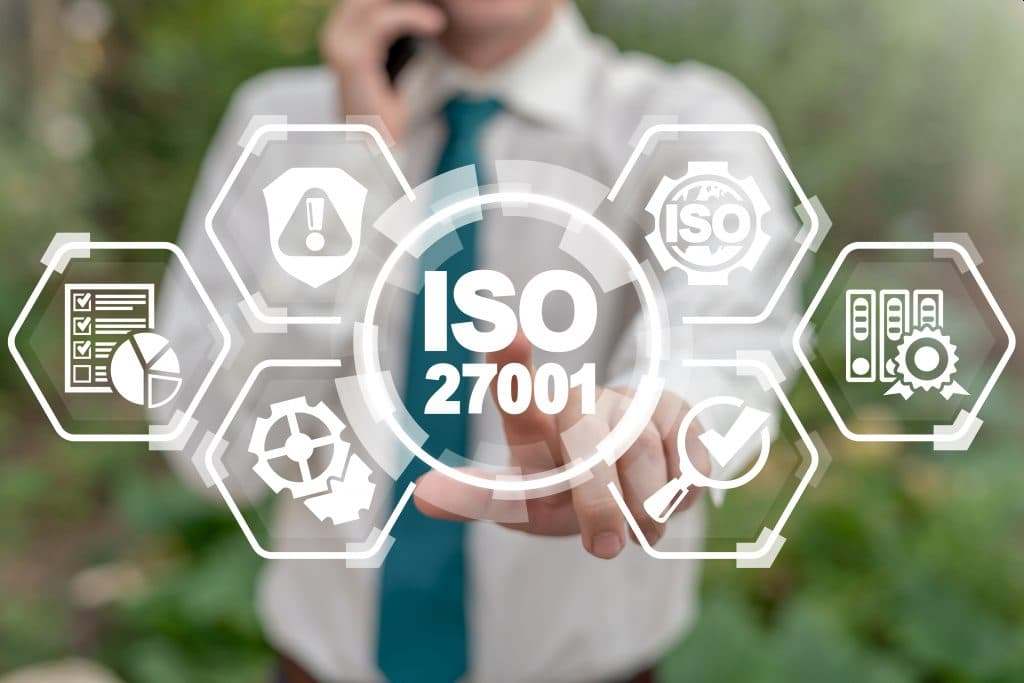- Are you ready for ISO27001 compliance? - 01/04/2023
- Steps To Implement ISO27001 ISMS - 01/04/2023
- How an organization achieves ISO 27001 certification? - 01/04/2023
Here are a few important steps to get your company up and running and on the road to ISO 27001 certification:
1. Determine when is the best time to comply– Whether a company has just had a data breach or is only thinking about the dangers it faces, subscribing to ISO 27001 certification is the first and most essential step.
2. Keep a record of everything– When it comes to ISO 27001 accreditation, documentation is crucial. Remember that the initial stage of auditing is documentation review, so keeping track of all issues, concerns, and risks, as well as specific controls, is critical.
3. Educate employees about the procedure– Employees should be included in the process as early as possible to emphasise the importance of getting ISO 27001 certification. Set the tone for the company by describing its dedication to data security, client privacy, and enhancing the company’s health.
4. Appoint or hire an ISO Manager or Representative– The specialised position needs a person with unique expertise. It can be filled by an internal IT manager with ISO and ISMS processes expertise, or by an external adviser with ISO risk assessments and certification experience. This project must be directed by someone who is committed to seeing it through to completion.
5. Conduct management reviews of the management system on an annual basis– When it comes to ISO certification, a smart place to start is with your company’s annual assessment of its quality management system. Top management should be involved in evaluating policies, updating objectives, analysing any new possible hazards, and reviewing recent regulatory changes, as well as flagging key areas for repair. They can also set a timeline for doing a more in-depth gap analysis, risk assessment, and internal audits at this stage.
6. Perform a Gap Analysis and a Risk Assessment– Organization may discover threats, vulnerabilities, and dangers to data assets by performing a gap analysis and then a risk assessment. These testing procedures confirm the implementation’s scope as well as the functional and operational bounds.
7. Obtain an internal ISO 27001 audit– An internal ISO 27001 audit entails an auditor examining the risk, controls, and security vulnerabilities of a fully built quality management system. Prior to commencing the external audit, the aim is to identify and correct any major non-conformity concerns. It also allows employees to review the ISO 27001 internal audit questions and prepare for the interviews that will take place during the ISO inspection.
8. Close the Gaps– After the internal audit has shown the issues that need to be addressed, your team should devise a strategy to address them. Take the time to double-check that each step is completed in order to eliminate any recurrent non-conformities.
9. Monitor Progress– At each stage, senior management should be supplied with progress reports. Keep them up to date on the security team’s progress toward its goals, as well as findings from gap analyses, risk assessments, and internal audit processes. Auditors expect to see improvement over time, therefore it’s also vital to keep track of your development.
10. Prepare to Make a Good First Impression– Before beginning the ISO certification process, you want to make a good first impression on auditors and have your workstations organised.
